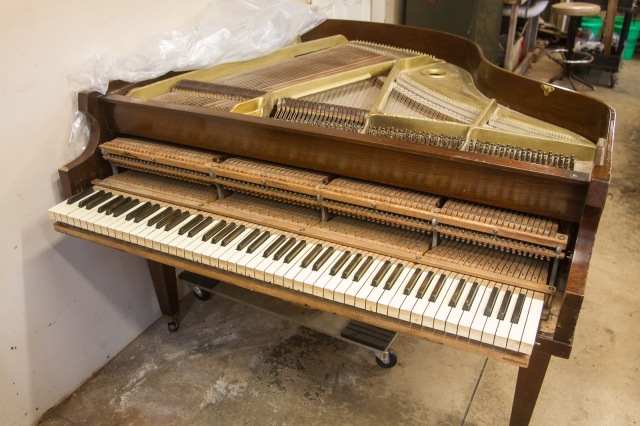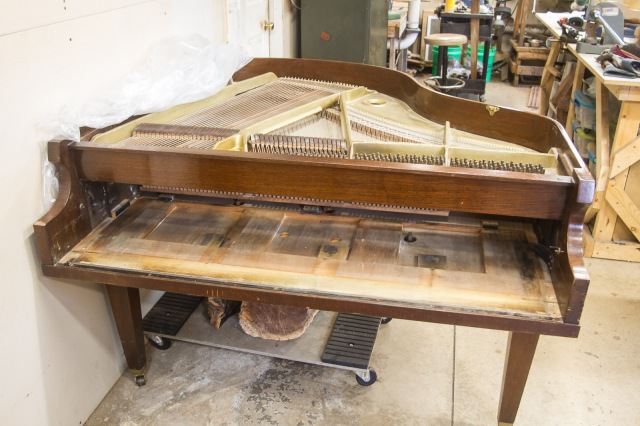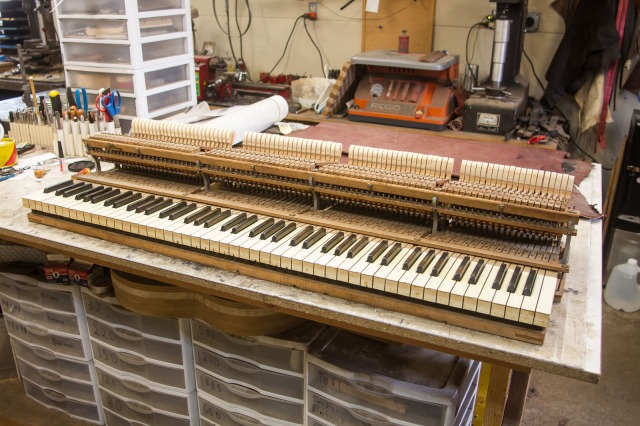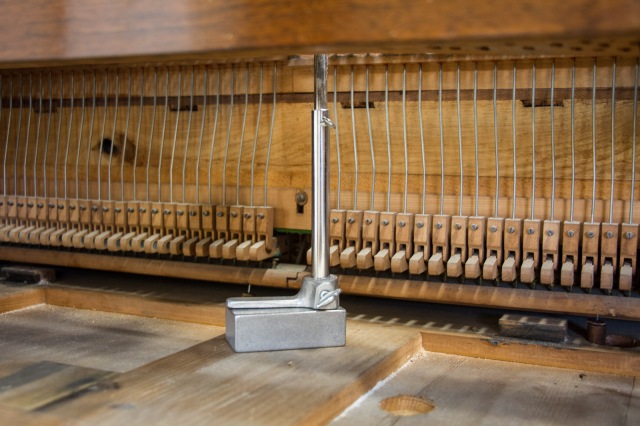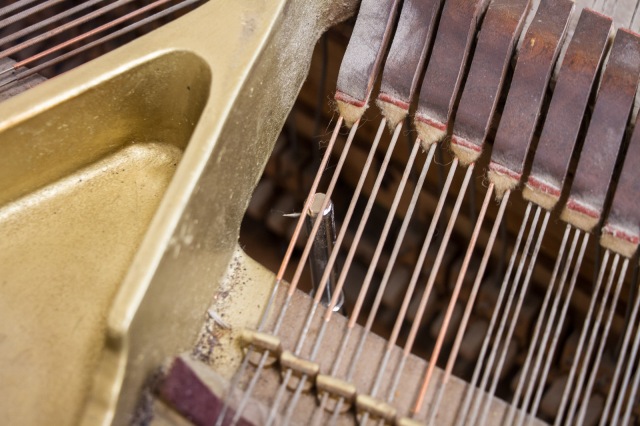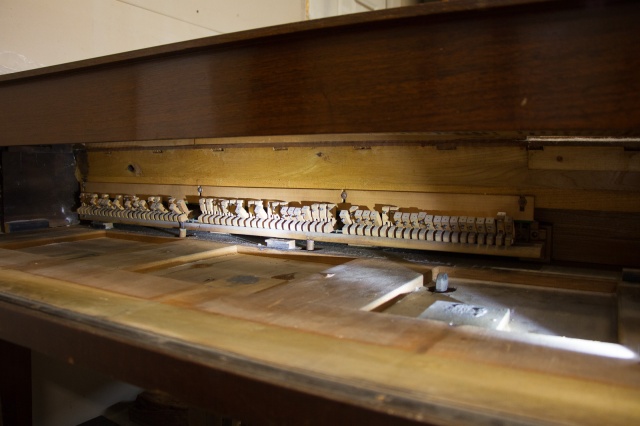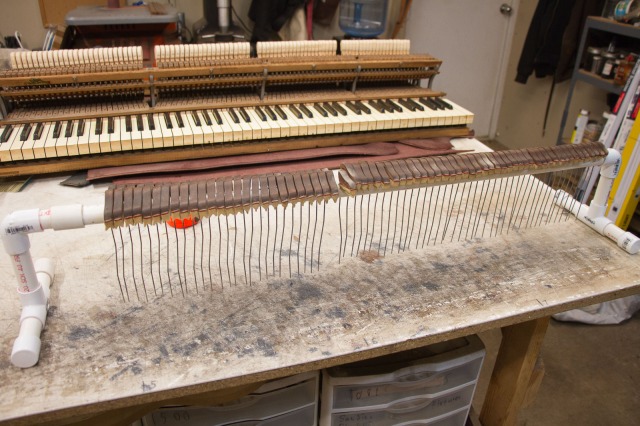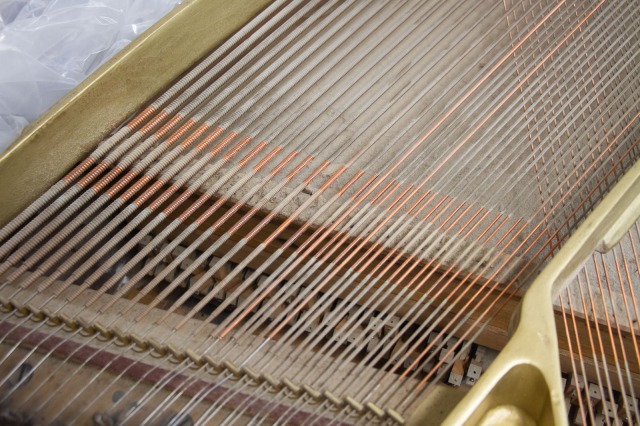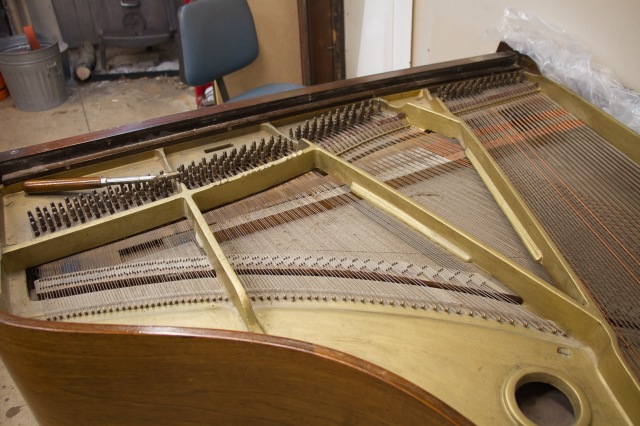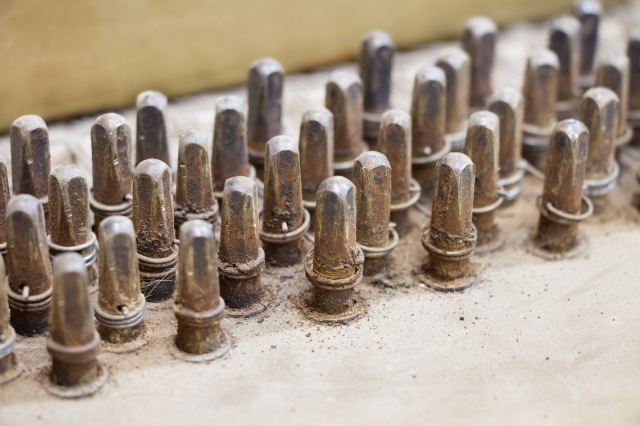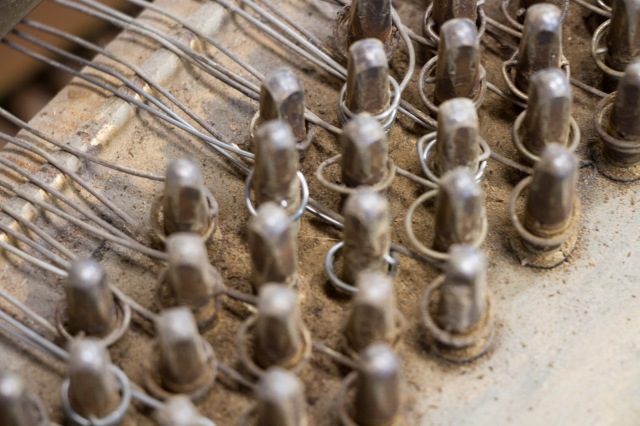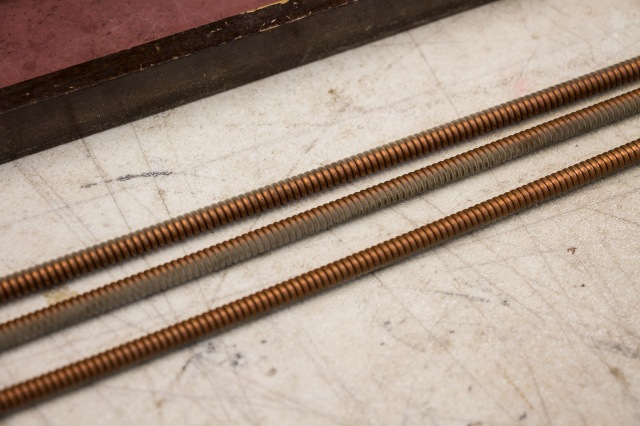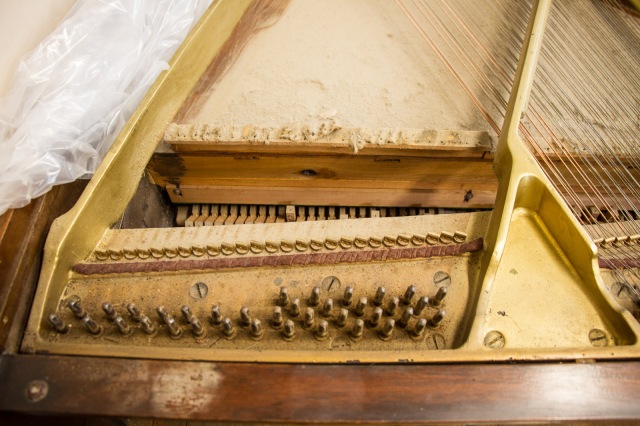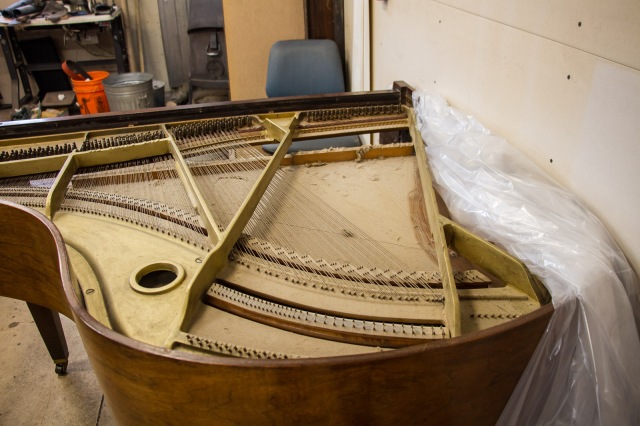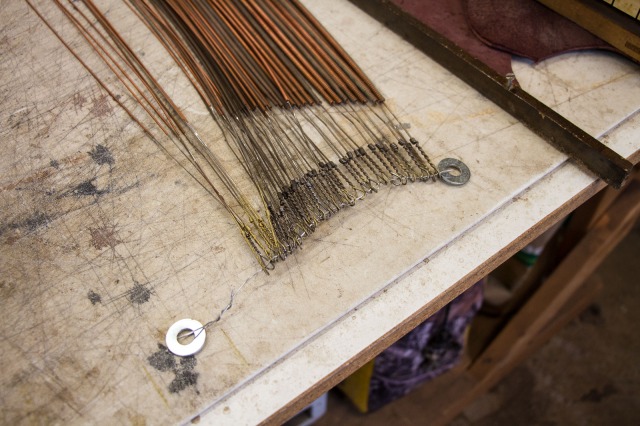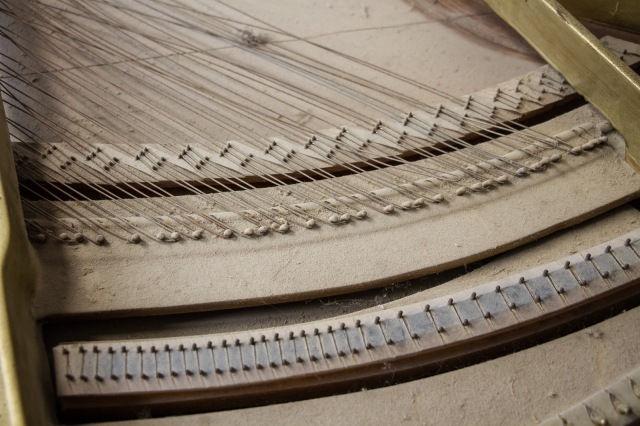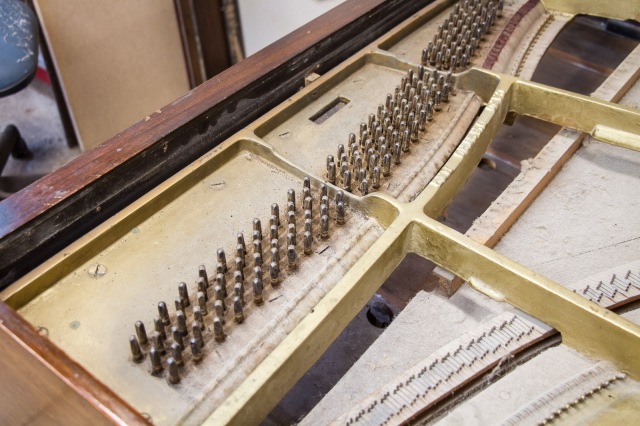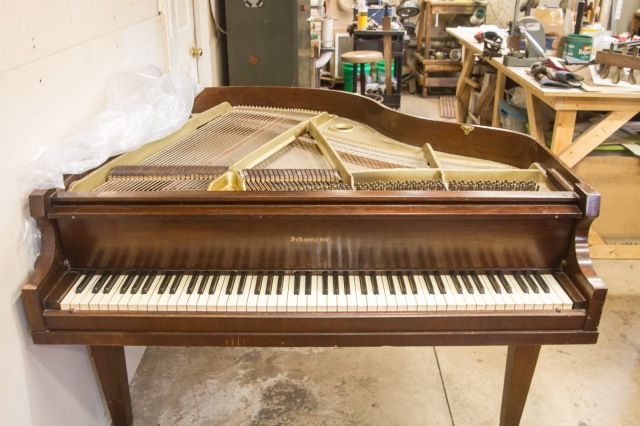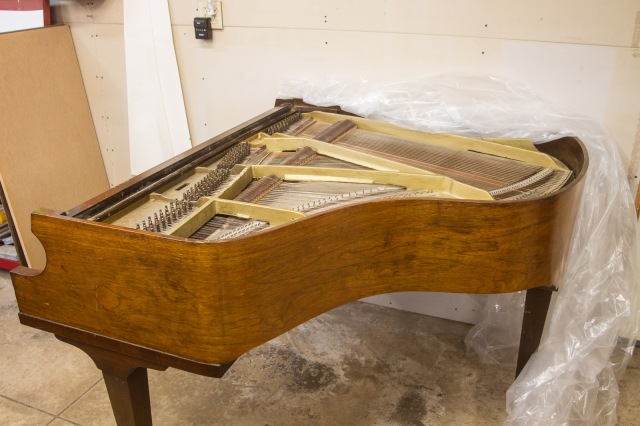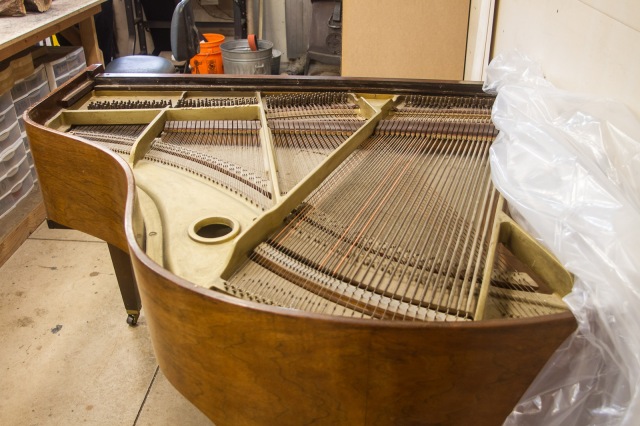Hey folks,
This is a little late, (obviously) but each year around New Years I like to post all the knives I made that year at once, in case I missed any throughout the year. I missed most of them last year. 😉 So here we go, all the knives I made last year in chronological order.
Butterfly pattern bowie. About 10″ blade, ironwood handle.

Bronze short sword with braided leather lace grip.

Dagger to go with short sword.

This blade had some flaws in it, so I put a cheap handle (locally grown walnut) on it and keep it around for a beater knife.

Part of a custom set for someone. This one had a 12″ blade, damascus guard, and I think claro walnut handle.

The second knife in the set mentioned above. Same materials but 8″ blade.

Hunter/camp knife. Ironwood handle, twist damascus blade.

Small bowie. Amboyna burl handle.

Custom fighter. 9″ blade, ironwood handle, twisted laddered W’s pattern.


My first F-S (Fairbairn-Sykes) dagger. Cocobolo handle, damascus blade and fittings. Went to Greece.


Bowie. The blade is 25,000 layers of W2, wrought iron, and 15n20. Ironwood and stainless handle.

Camp knife. G10 and W2

Hunter. Brown micarta.

A bunch of hunters and a camp knife.
Ivory micarta:

Black micarta. I think the blade was forged A2.

Carbon fiber:

Natural micarta:

Walnut:

Twin sister to the other camp knife:

Two hunters. One green, one brown.

Another F-S dagger. Natural micarta, with texture. Blade probably O1.

Yet another F-S dagger. The are kind of fun to make. This one has all brass grip.

Santoku. Don’t remember the blade material, but the handle is maroon micarta.

Another brown micarta handled hunter.

Another big camp knife. Green micarta handle.

Maroon micarta hunter.

Chefs knife, lignum vitae handle, the blade was AEB-L

Another chef knife. The blade is W2/410 laminate. Ironwood handle.

Coffin handled fighter. Kind of a warm-up for the one a few pics down.

Hunter. Brown and black micarta.

Another F-S dagger. Green micarta grip, titanium guard.

Slim fighter. Stabilized amboyna handle.

Custom ring guard coffin handled fighter. Probably the most difficult to make knife of the entire year. Ugh. People who make this sort of thing regularly sure have my respect and admiration. (and sympathy)


Another dagger, based on the F-S design, but with a Patton-ized handle. Handle is stainless and african blackwood.
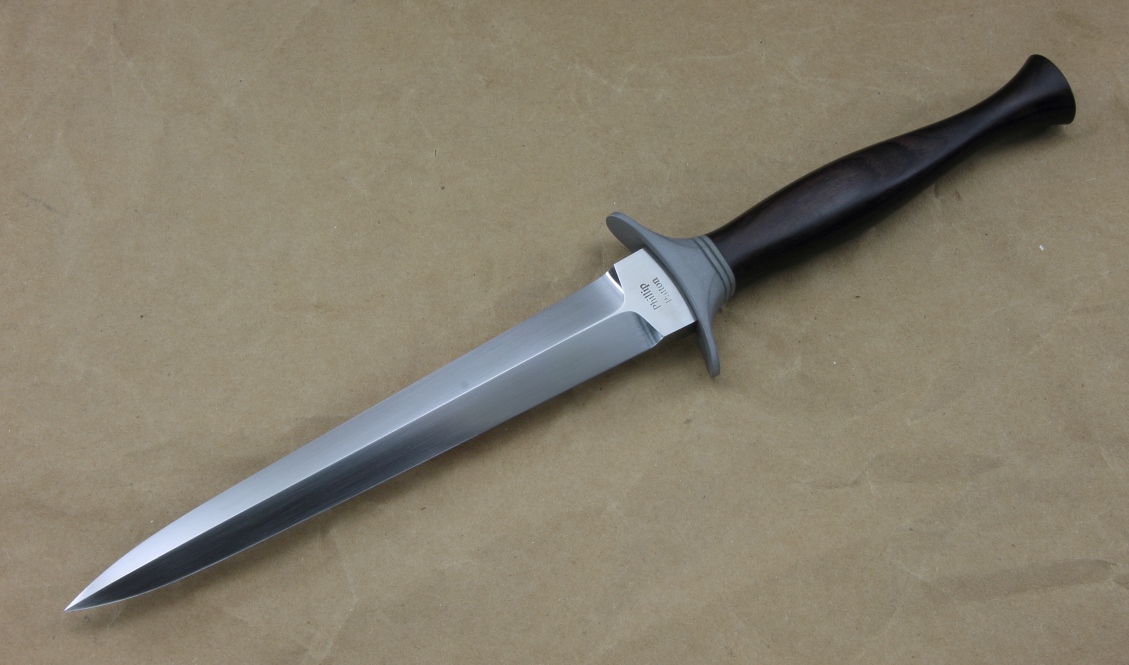
Hunter. The handle is curly maple, dyed. I think the blade is D2.

Custom camp knife. Blade is turkish twist, handle is carbon fiber.


My first kukri. It’s my take on Jason Knights version. I didn’t get Jasons permission to imitate his work, because I only made one, and I didn’t sell it, I gave it away as a gift (as mentioned in my last post). Hope he doesn’t mind. 

Bowie. Twist damascus blade, african blackwood handle. I think the steels used were O1 and L6.

Fighter. Desert ironwood handle, bronze guard and spacers. The blade is the rest of the 25,000 layer billet.

My first seax. Not quite finished yet, but close enough for photos. The handle is cocobolo and copper. The blade is a four bar composite.


Another W2/410 laminate. Stainless bolster, ironwood handle.

Hunter. The handle is african blackwood, the blade is butterfly W’s.


Another AEB-L chef’s knife. Ironwood handle.

A paring knife I made for my mom. 154CM blade, turquoise micarta handle.

Dressy santoku. Bronze guard, ladder pattern damascus blade, ironwood handle.

And the last one. I actually finished it in January, but most of the work was done in 2014.



It’s another kukri, obviously, but this time more along traditional lines. Except for materials.
